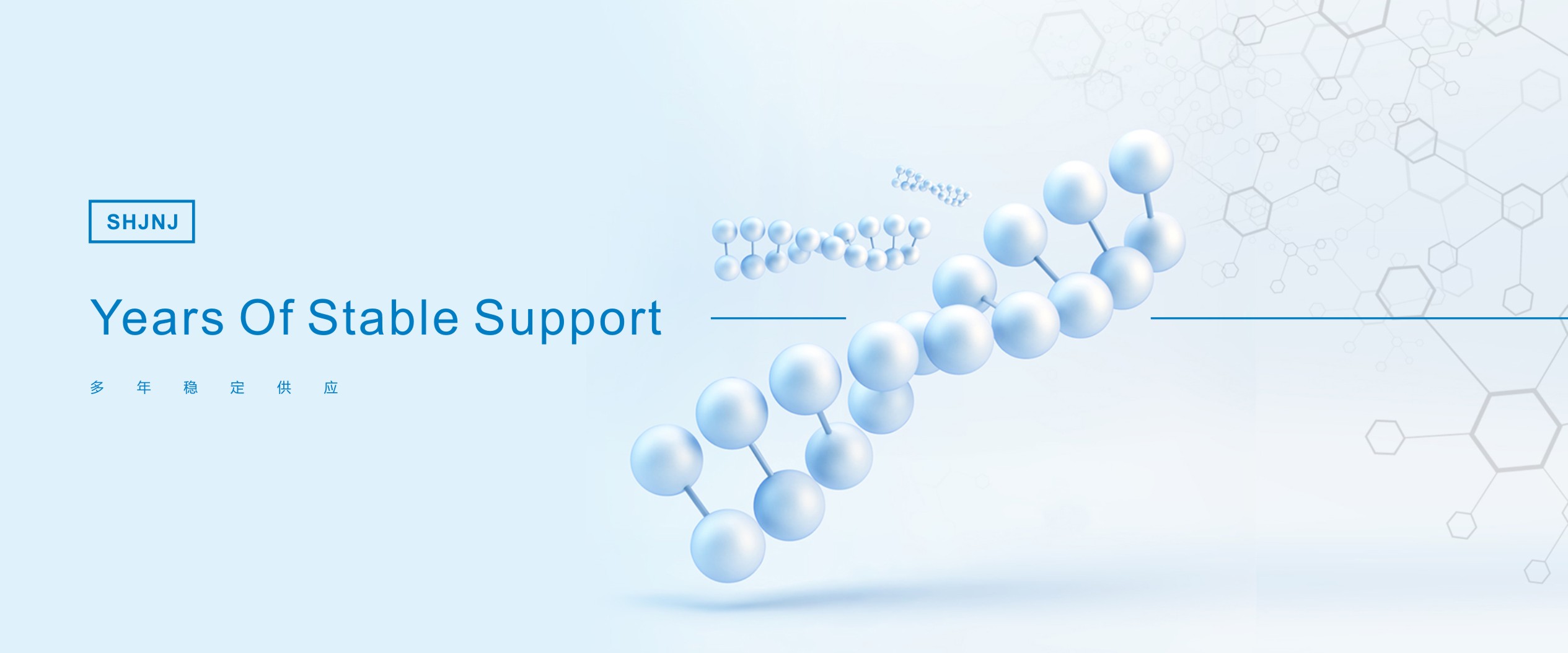

新闻详情
 2021-03-29
2021-03-29
Sevelamer carbonate in hyperphosphatemic, non-dialysis patients
In a recent open label, single arm study, Ketteler et al (2008) administered sevelamer carbonate at a mean actual daily dosage of 5.5 g (6-7 sevelamer carbonate 800 mg tablets per day) to CKD patients with mean serum P > 6.2 ± 0.8 mg/dL and not under replacement therapy. A significant 1.4 mg/dL decrease in serum P was observed over an 8-week treatment, after a 2-week washout for patients previously on other phosphate binders, mainly calcium-based phosphate binders. Full recovery of serum P at baseline level was reached after the 2-week post-treatment washout period. By the end of sevelamer carbonate treatment, 75% of stage 4 CKD patients (GFR 15-29 mL/min per 1.73 m2; 35% of study population) fell into the K/DOQI recommended 22.7 and <4.6 mg/dL serum P range, and 70% of stage 5 CKD patients (GFR < 15 mL/min per 1.73 m2; 65% of study population) had achieved a serum P level <5.5 mg/dL. A statistically significant decrease in serum CaxP product, total cholesterol, and serum LDL, and notably an increase in serum Ca and serum bicarbonate were also observed at the end of treatment.
Discussion
While exerting a lower control of hyperphosphatemia, sevelamer hydrochloride was demonstrated to worsen the metabolic acidosis compared with calcium carbonate, sig-nificantly decreasing the plasma bicarbonate concentrations to the threshold of 17 mEq/L and reducing the serum albumin levels over a 24-week treatment in HD patients (De Santo et al 2006). Metabolic acidosis has been reported to act as a uremic toxin, and the recommended K/DOQI predialysis bicarbonate concentration is 22 mEq/L. Forty-one percent of HD patients during sevelamer carbonate treatment, and 53% during sevelamer hydrochloride treatment, were below the recommended K/DOQI threshold. The increase in serum bicarbonate observed with sevelamer carbonate may therefore confer an increased benefit over sevelamer hydrochloride treat-ment, which is acid-base neutral or potentially acidifying.
Acidosis has been associated with adverse effects on bone metabolism (Kraut 1995) and increased malnutri¬tion and inflammation (Kalantar-Zadeh et al 2004) in HD patients. Oral bicarbonate supplementation was found to result in fewer hospital admissions and fewer days hos¬pitalized in peritoneal dialysis patients (Szeto et al 2003). Acidosis is commonly seen in patients with CKD, and these effects may be of more concern in the predialysis patients, for whom the dialysis modality itself is not being used to correct these abnormalities. For this reason, sevelamer carbonate's manufacturer is proposing the product as pref¬erable option in CKD non-dialysis patients fbr phosphate- binding therapy.
The need for phosphate-binding therapy in uremic patients is a cornerstone in patient management. When renal failure occurs and insignificant P renal excretion does not balance the unrelenting absorption of phosphate from gastro¬intestinal fluids, the reduction of the amount ofbioavailable phosphate generated by dietary intake remains the only way to reduce hyperphosphatemia. Sevelamers seem to present some advantages over other still largely prescribed phosphate binders, such as aluminium hydroxide and calcium-based binders, because of no systemic toxicity on the one hand and no additional calcium load on the other, this latter condition being particularly relevant when considering recent evidence of increased vascular calcification by calcium-based binders. Even if secondary analysis of the DCOR study showed that treatment with sevelamer compared with calcium-based bind¬ers was not correlated with a reduction of overall mortality, cause-specific mortality, morbidity, or first or cause-specific hospitalization, the authors observed a beneficial effect on multiple all-cause hospitalizations and hospital days, which are important because cost-analysis represents a major prob¬lem in treating dialysis patients.
Nevertheless, as can be inferred from the Dehnez et al (2007) study on sevelamer carbonate in HD patients, compli¬ance with a daily dosage requiring upto 13.6 g remains a maj or problem, either for pharmacoeconomic affordability and for adherence to the multi-approach therapy, commonly prescribed to dialysis patients requiring a relevant daily pill burden. The better outcome of sevelamer carbonate on serum bicarbonate balance over a bioequivalent reduction of hyperphosphatemia compared with sevelamer hydrochloride is noteworthy. However, only approximately 50% of dialysis patients under sevelamer hydrochloride treatment achieve the recommended K/DOQI serum P level of 5.5 mg/dL. Based on its bioequiva¬lence to hydrochloride in the reduction ofhyperphosphatemia, the same percentage of treatment success could be expected for sevelamer carbonate. Therefore, although nephrologists have several choices in phosphate-binding therapy, currently no gold standard seems to exist or to be preferably recommendable among commercially available competitors.